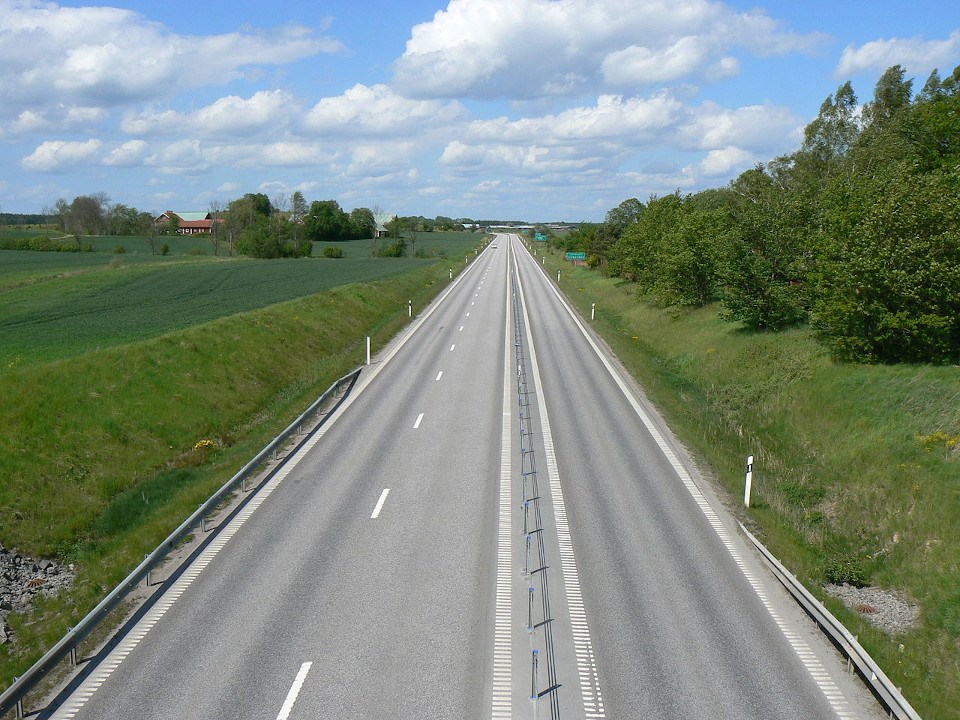Transportfan
Senior Member
The flowerpot shields are not consistently used on MTO signs in Peel Region - such as Mayfield Road (RR 14) and Bovaird Drive (RR 107/RR 10) on the 410. Peel, where two of the three municipalities are almost entirely urbanized and where regional roads are based on a old county road system developed for a mostly rural place, the regional designations are increasingly meaningless, especially when Highways 5 and 10 were entirely downloaded to the cities, but Highways 7, 24, and 50 downloaded to the region.
I find if odd that regions maintain numbered road system in urban areas while counties rarely do even in non-separated towns. Even Waterloo Region does despite K-W being traditional cities. Metropolitan Toronto (logically) did not.
The reason Highways 2, 5, and 10 were downloaded to the cities was because they were under municipal control (at least in sections) before regionalization, and didn't form through-corridors. It's also unusual that the Peel cities have quite a few non-regional arterial roads.





